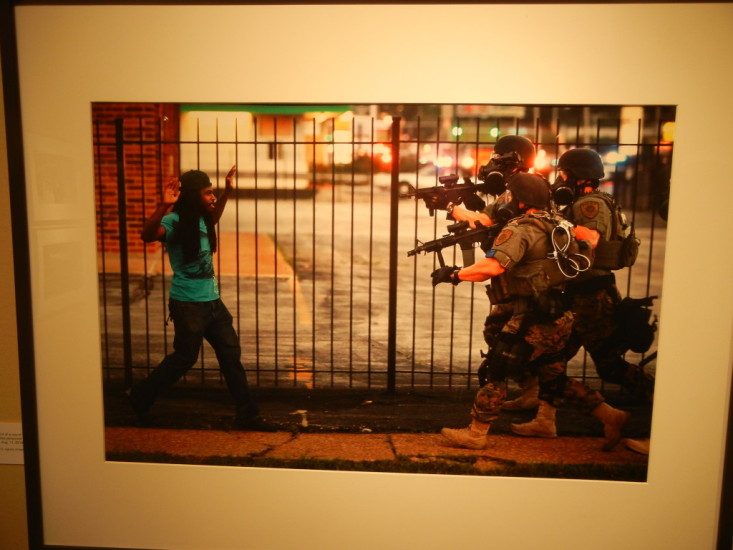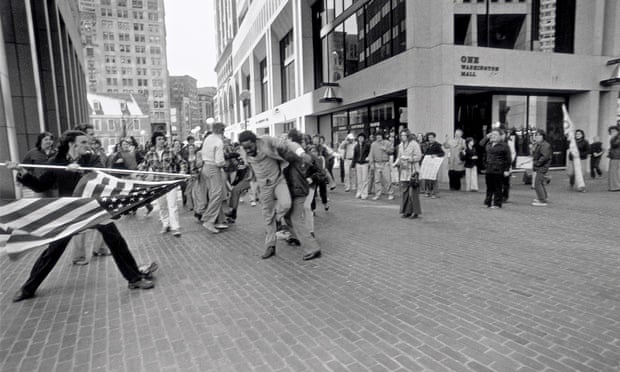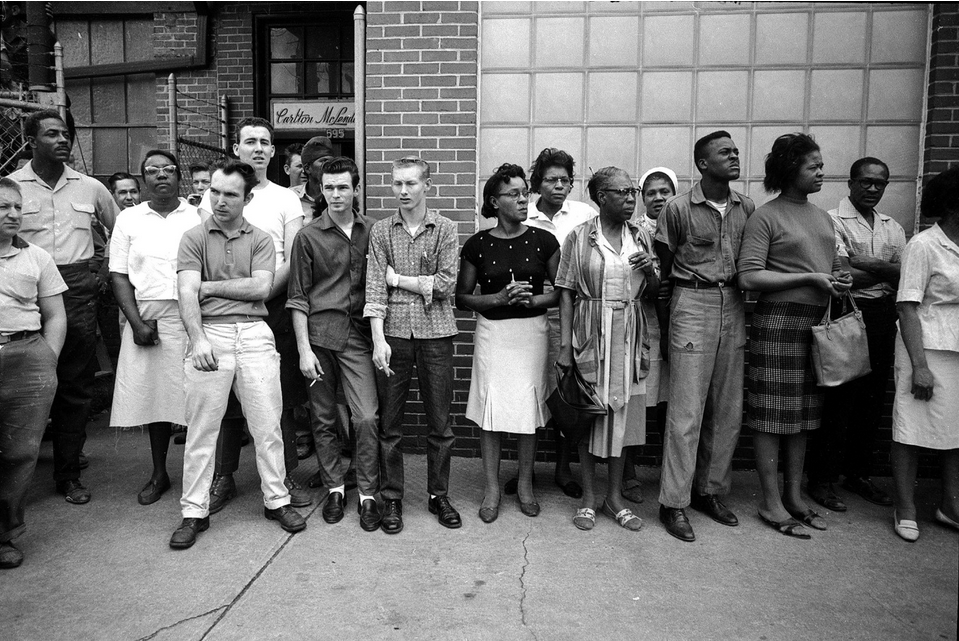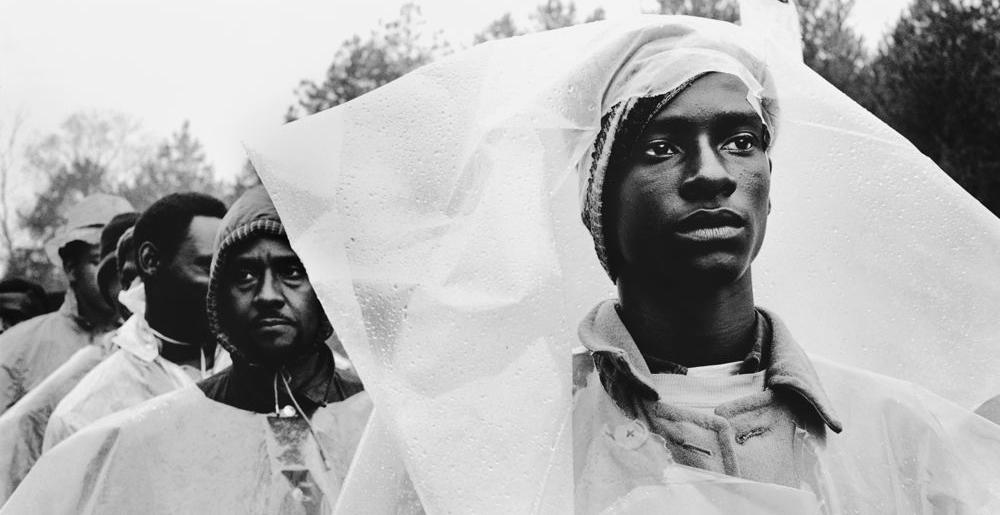Until recently, Bob Gomel remembered his photograph of Malcolm X and Cassius and Cassius Clay as "
It was February 26, 1964 in a Miami restaurant after Clay won the heavyweight championship from Sonny Liston. Howard Bingham, Ali's personal photographer is seen at the far right above Ali. Clay's brother Rahaman is seated to Cassius's left (only a fist is visible in the famous frame.) The name and exact location of the restaurant are paled into insignificance.” But now the location has been identified.
Via Miami Herald
May 8, 2015
When the rescue of Hampton House began six years ago, vagrants and drug addicts slept in the motel where Malcolm X once stayed. A tree grew out of the swimming pool where Martin Luther King Jr. swam. The walls were crumbling around the courtyard where Ebony magazine had photographed Muhammad Ali and his new wife and baby.
Amid the ruin, there was no hint of Hampton House’s heyday in the 1960s as the premier getaway for black Americans visiting segregated Miami, where beachfront icons like the Fontainebleau were off limits even to celebrities of color.
On Friday, the decay of Hampton House officially lifted as local leaders celebrated a $6 million rehab of the historic 1953 motel — a largely county-funded effort that’s been in the works for about 15 years.
“We got it done,” Miami-Dade Commissioner Audrey Edmonson told a crowd gathered for the ribbon-cutting ceremony for the motel at the corner of Northwest 27th Avenue and 42nd Street.
Organizers hope to revive the Hampton House’s legacy of live entertainment, too. Its jazz club once drew evening crowds from throughout Miami, making Hampton a night-life hub for local African Americans. Traveling celebrities gave it star power.
Segregation meant Miami’s famous crop of luxury oceanfront hotels weren’t available for black people, so Cassius Clay couldn’t sleep in Miami Beach after beating Sonny Liston there in the legendary 1964 bout. The boxer went back to the Hampton House for a bowl of ice cream, and to celebrate with Malcolm X. A month later, Clay changed his name to Muhammad Ali.
On the wall hangs a photo of her leaning over Muhammad Ali as he cradles their infant daughter on a Hampton House pool chair. Ebony took the photo, and included it in a 1969 cover spread featuring the couple.
King stayed at the Hampton House often enough that one ground-floor room came to be known as his suite. A photographer snapped King in swim trunks from the pool. And he is said to have delivered an early version of his “I Have a Dream” speech during an event at Hampton House before it made history on the National Mall in 1963.
The motel closed in the 1970s, and the Markowitzes sold it before the building slipped into disrepair through the 1980s and ’90s. Sons Bob, 74, and Jerry, 66, attended Friday’s ceremony. Bob was asked how his parents would have reacted to seeing Hampton House restored. “I’m getting choked up to even say it,” he replied. “They would be overwhelmed.”
Integration is mostly blamed for the motel’s decline: With black residents and visitors able to frequent beach hotels, the Hampton House lost its edge.
Hampton House had thrived as a gathering spot for local African Americans in the 1960s. At the time, Overtown was fading as the heart of black Miami’s middle class, with more families moving into the new Liberty Square housing complex that sits about 35 blocks from Hampton House.“I remember the Hampton House,” Edmonson told Friday’s crowd assembled on folding chairs in the motel’s parking lot. “I am so proud to say I grew up in this community.”
The Hampton House’s neighborhood in Brownsville now includes some of the poorest stretches of Miami. Miami-Dade wants to raze and rebuild the Liberty Square complex in an effort to root out crime there and revitalize the neighborhood. Census figures from 2010 show Brownsville’s population growing for the first time in 40 years. About 15,000 people live there.
Hampton House organizers hope there will be enough interest in the area that they can generate revenue by renting out the old coffee shop as a restaurant. It’s been restored with a new version of the original mural from somewhere in the Caribbean, and yellow-vinyl stools along the lunch counter. It was the site of perhaps the most famous photo ever taken at Hampton House: Malcolm X, having gotten himself behind the counter, snapping his own photo of Clay after his victory against Liston.
For Enid Pinkney, founding president of the Historic Hampton House Community Trust and long-time champion of the restoration effort, the building’s return offers another chance to link prosperity with Hampton House.
“We’ll have a place in Miami,” she said in a trust video released last year, “where we can go and be proud of the effort that went into bringing that back as an economic engine in the community.”
This article was updated to correct the distance between the Liberty Square housing complex and Hampton House.








